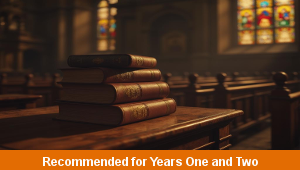Lesson Six – Bicycle Shop

This computing teaching pack for Key Stage One gets the children to explore how to design and print matching sets of labels that can displayed in a shop selling different parts and equipment for a bicycle.
The class can identify and explain how to use a word processing program to type the matching labels for each part of a bicycle so that they are clear and easy to read and understand.
Download this teaching pack including a lesson plan, classroom activities and an interactive presentation to explore how to design and print matching sets of labels that can displayed in a shop selling different parts and equipment for a bicycle
Activities in this teaching pack include display posters to describe the functions of different parts of a bicycle and some of the different signs that might be displayed in a shop and a template to produce examples of labels to identify parts of a bicycle for use in a shop.
The interactive presentation can be used to explore how to design and print labels to use in a shop selling different parts and equipment for a bicycle.
This lesson is part of a computing scheme of work to get the children to develop and refine word processing skills when labelling and organising different parts and equipment that can be used when riding a bicycle. There are teaching activities for shared learning, differentiated worksheets to support independent learning and interactive presentations to introduce concepts and key skills.
-

Labelling Bicycles
Develop and refine word processing skills when labelling and organising different parts and equipment that can be used when riding a bicycle
-

Garden Sculpture
Select and use different materials to mould and shape sculptures representing a range of artefacts that might be used in a family garden location
-

Witch’s Cauldron
Select and write sets of instructions that a witch can follow when making a range of potions for casting different spells
-

Stories From the Bible
Investigate the sequence of events in stories from the Bible told by Jesus and reflect on lessons that the narratives can teach people about their lives
